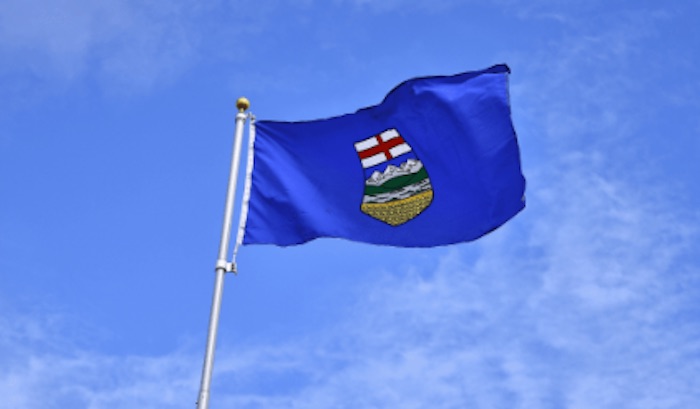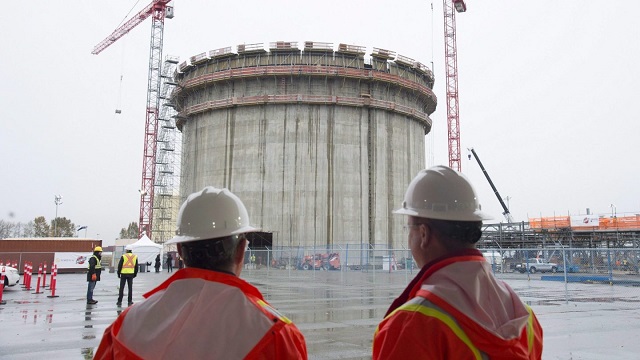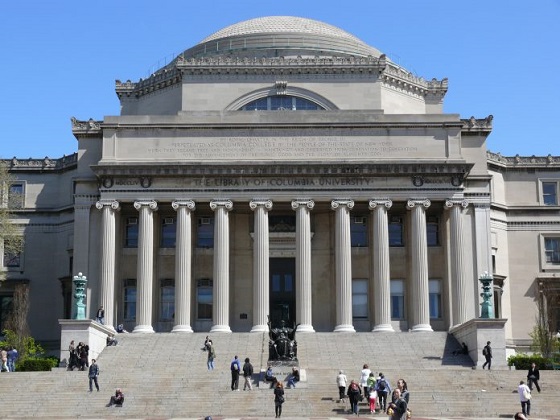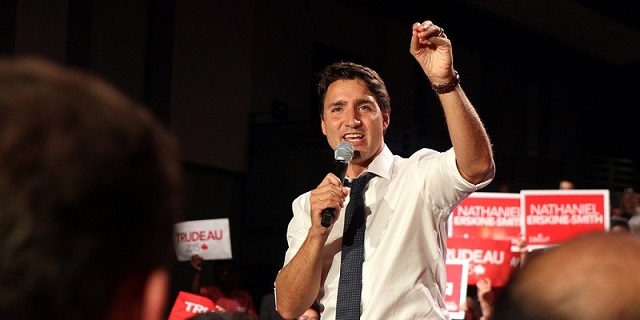Alberta
Alberta adds almost 200 new doctors since July

Physician supply: Minister LaGrangeMinister of Health Adriana LaGrange issued the following statement on actions being taken to address physician shortages: “Premier Smith tasked me with addressing health workforce challenges and this is something I have taken seriously. “Every Albertan deserves to have access to a regular health care provider when and where they need one. “According to the latest data from the College of Physicians & Surgeons of Alberta, 255 physicians have registered to practise in Alberta in the last four months. In addition to these 255 new registrants, 248 physicians and surgeons choose to remain in Alberta after completing their training. “AHS has been able to successfully onboard 190 of those doctors to work in hospitals across the province. They have been strategically placed in both urban and rural hospitals, including communities such as Vermilion, Grande Prairie and the Crowsnest Pass. “This is a clear sign that our efforts to recruit and retain doctors in Alberta is working. “We are committed to strengthening Alberta’s health care system, which is why we committed to a record-breaking $2 billion towards primary health care in Budget 2023. We are continuing this important work through our Health Care Action Plan and through the Modernizing Alberta’s Primary Health Care System initiative. “This work includes creating a primary health care division and an Indigenous division within the Health ministry, working toward a new payment model for family physicians, reducing the administrative burden for primary care providers and their teams, providing an initial investment of $57 million over three years to help family physicians and nurse practitioners across the province with growing patient caseloads, and implementing a nurse practitioner compensation model to add capacity to the system and help more Albertans access health care in their communities. “There is more work to do, but these positive numbers are a sign that our plan is working.” Related news
|
Alberta
Alberta government should eliminate corporate welfare to generate benefits for Albertans

From the Fraser Institute
By Spencer Gudewill and Tegan Hill
Last November, Premier Danielle Smith announced that her government will give up to $1.8 billion in subsidies to Dow Chemicals, which plans to expand a petrochemical project northeast of Edmonton. In other words, $1.8 billion in corporate welfare.
And this is just one example of corporate welfare paid for by Albertans.
According to a recent study published by the Fraser Institute, from 2007 to 2021, the latest year of available data, the Alberta government spent $31.0 billion (inflation-adjusted) on subsidies (a.k.a. corporate welfare) to select firms and businesses, purportedly to help Albertans. And this number excludes other forms of government handouts such as loan guarantees, direct investment and regulatory or tax privileges for particular firms and industries. So the total cost of corporate welfare in Alberta is likely much higher.
Why should Albertans care?
First off, there’s little evidence that corporate welfare generates widespread economic growth or jobs. In fact, evidence suggests the contrary—that subsidies result in a net loss to the economy by shifting resources to less productive sectors or locations (what economists call the “substitution effect”) and/or by keeping businesses alive that are otherwise economically unviable (i.e. “zombie companies”). This misallocation of resources leads to a less efficient, less productive and less prosperous Alberta.
And there are other costs to corporate welfare.
For example, between 2007 and 2019 (the latest year of pre-COVID data), every year on average the Alberta government spent 35 cents (out of every dollar of business income tax revenue it collected) on corporate welfare. Given that workers bear the burden of more than half of any business income tax indirectly through lower wages, if the government reduced business income taxes rather than spend money on corporate welfare, workers could benefit.
Moreover, Premier Smith failed in last month’s provincial budget to provide promised personal income tax relief and create a lower tax bracket for incomes below $60,000 to provide $760 in annual savings for Albertans (on average). But in 2019, after adjusting for inflation, the Alberta government spent $2.4 billion on corporate welfare—equivalent to $1,034 per tax filer. Clearly, instead of subsidizing select businesses, the Smith government could have kept its promise to lower personal income taxes.
Finally, there’s the Heritage Fund, which the Alberta government created almost 50 years ago to save a share of the province’s resource wealth for the future.
In her 2024 budget, Premier Smith earmarked $2.0 billion for the Heritage Fund this fiscal year—almost the exact amount spent on corporate welfare each year (on average) between 2007 and 2019. Put another way, the Alberta government could save twice as much in the Heritage Fund in 2024/25 if it ended corporate welfare, which would help Premier Smith keep her promise to build up the Heritage Fund to between $250 billion and $400 billion by 2050.
By eliminating corporate welfare, the Smith government can create fiscal room to reduce personal and business income taxes, or save more in the Heritage Fund. Any of these options will benefit Albertans far more than wasteful billion-dollar subsidies to favoured firms.
Authors:
Alberta
Official statement from Premier Danielle Smith and Energy Minister Brian Jean on the start-up of the Trans Mountain Pipeline

-

 Alberta1 day ago
Alberta1 day agoOfficial statement from Premier Danielle Smith and Energy Minister Brian Jean on the start-up of the Trans Mountain Pipeline
-

 Canadian Energy Centre2 days ago
Canadian Energy Centre2 days agoNorth America LNG project cost competitiveness
-

 conflict2 days ago
conflict2 days agoColumbia on Lockdown After pro-Palestinian Protesters Take Over Building, Hold Janitors Hostage
-

 Economy1 day ago
Economy1 day agoToday’s federal government—massive spending growth and epic betting
-

 Economy1 day ago
Economy1 day agoYoung Canadians are putting off having a family due to rising cost of living, survey finds
-

 COVID-191 day ago
COVID-191 day agoCanada’s COVID vaccine injury program has paid out just 6% of claims so far
-

 International1 day ago
International1 day agoNYPD storms protest-occupied Columbia building, several arrested
-

 International22 hours ago
International22 hours agoU.S. birth rate hit record low last year, signaling surge in childlessness








